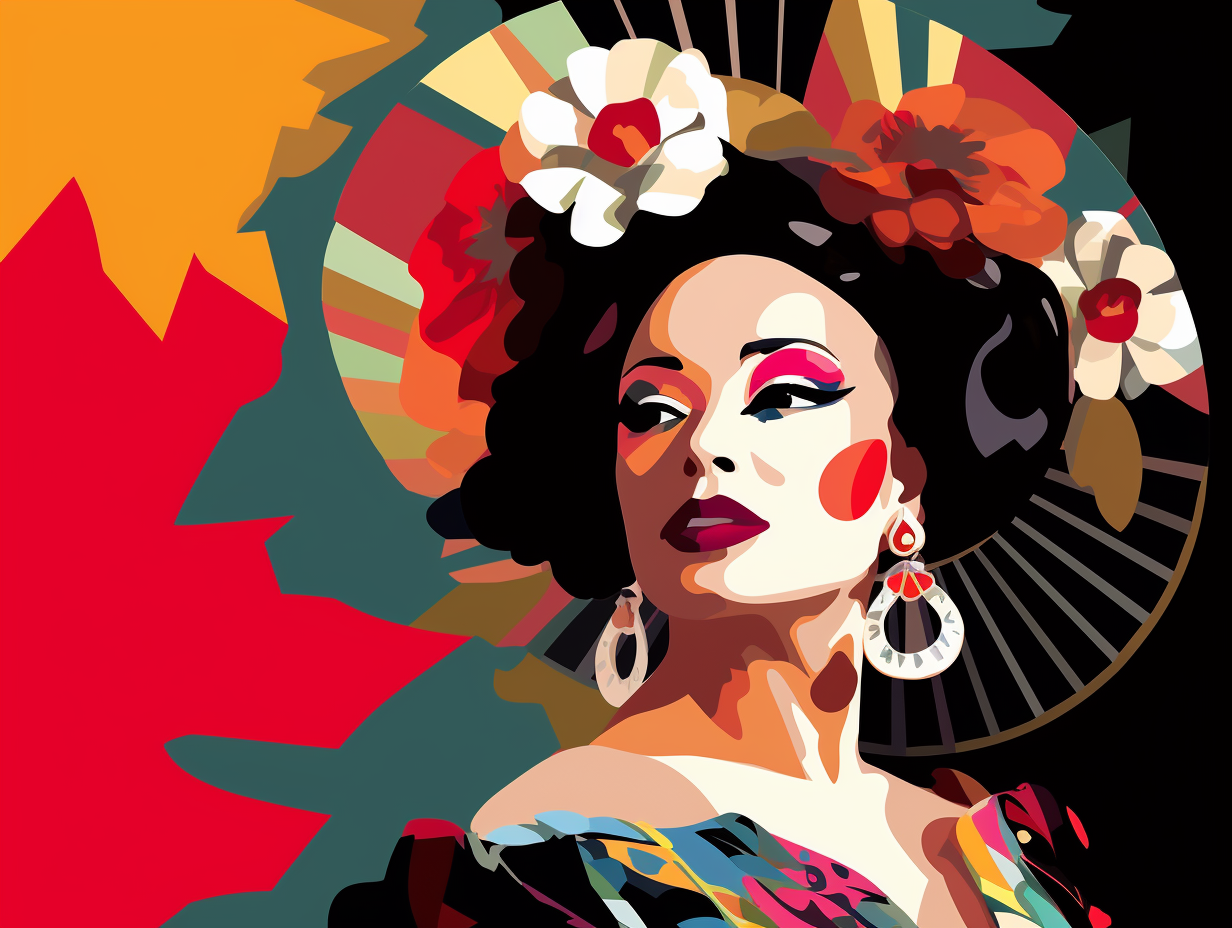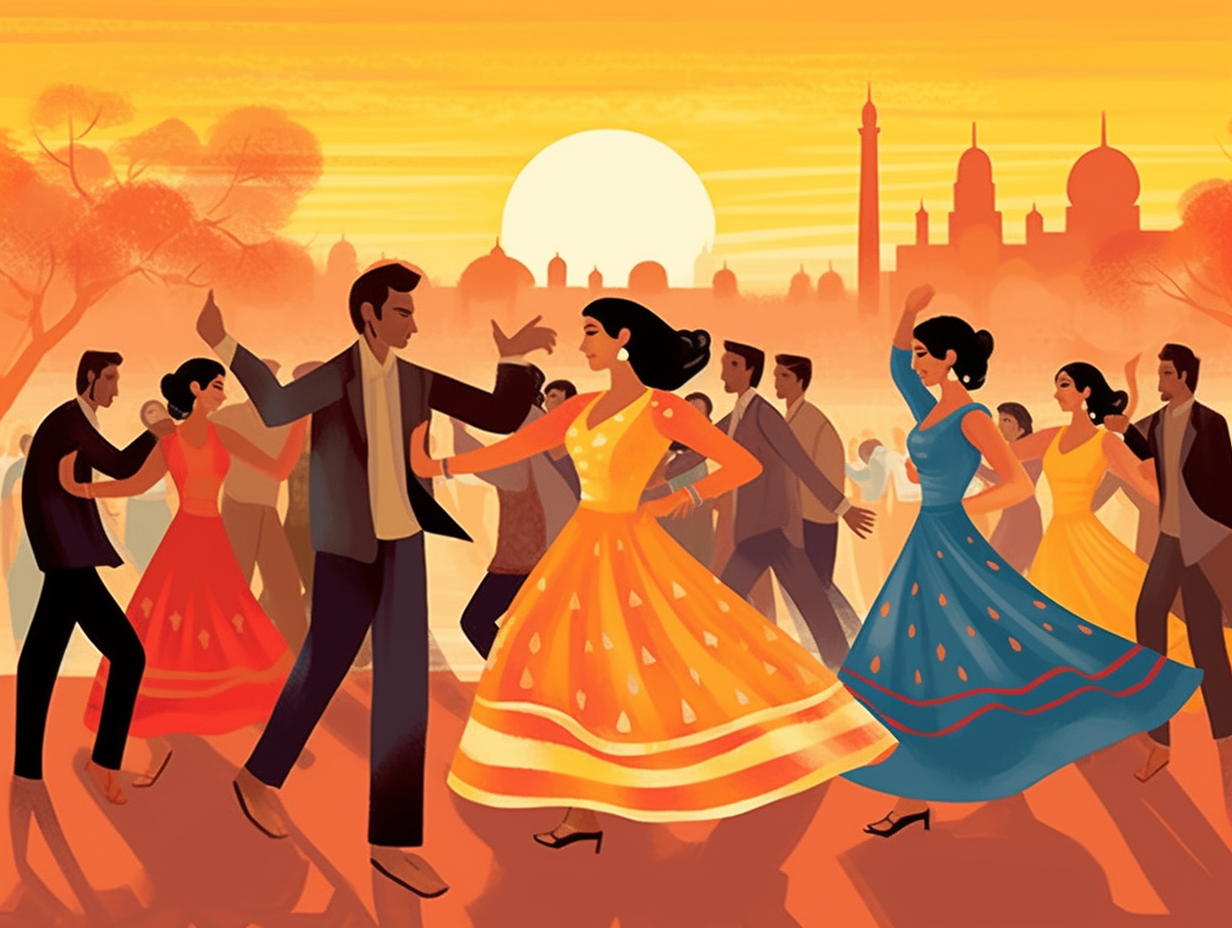Twirling Through Time: Top 8 Fascinating Fun Facts About Ballet You Never Knew

1. Human Beyblades
Twirling their way into immortality, ballet dancers perform the ole' dizzying 32 fouetté turns on pointe like a human Beyblade championship: it takes immense practice, skills, and precision to nail these whirlwind turns, with their lightning-fast foot motions providing a dazzling spectacle, but even legends like Margot Fonteyn have had their off days, with her "Cook's tours of the stage" fouetté escapades!
Source => nytimes.com
2. Men in Tights
In a pirouetting plot twist straight out of a Shakespearean play, the first ballet dancers were — wait for it — men! Alas, have thou heard: It was only in the 16th century, under the patronage of Catherine de Medici in the French court, that women were allowed to flex their fancy footwork alongside the fellows. Et voilà, from the 15th-century Italian courts to today's ballet stages, men still impress with their strength and athleticism in breathtaking lifts and jumps.
Source => pbt.org

Did you know honeybees have their own dance language? Discover the secrets behind their figure-eight patterns and waggling moves that lead to nature's finest nectar treasures! 🐝💃🌼
=> Fun Facts about Dance
3. Break a Leg, or Merde
Here's a leg-splitting tale for you: ballet dancers have hop-scotched their way into theatrics' superstitions, taking up the cheeky custom of wishing good fortune by instructing each other to "break a leg" right before a performance! Plot twist alert: these gravity-defying twirlers may also sling the French salutation "merde" as a bon voyage into ballet bliss : This quirky custom is in fact borrowed from the theatre world and widely used among ballet dancers as a tongue-in-cheek way of wishing each other luck, without invoking any real breakage of limbs or ill-fated open mouth gazing at the graceful gliding happening on stage.
Source => en.wikipedia.org
4. Cinderella's Shoe Wardrobe
Dancers don't just have a "Cinderella moment" when slipping into their ballet shoes—they have a whole footwear wardrobe: Ballet dancers often train with split sole and full sole ballet slippers made from leather, canvas, or satin, each offering distinct benefits like flexibility and durability for maximum boogie-woogie performance.
Source => world.sansha.com

5. Cheese Fondue Dance Moves
Ready for a meltdown, ballet edition? Channel your inner cheese fondue and get set to "fondu" all over the dance floor: this ballet maneuver directly translates to "to melt" in French, and involves gracefully bending your supporting leg as you sweep the other into a coupé and stretch it out into a full extension, often connecting steps like a gooey, cheesy link between leaps and twirls. Bon appétit!
Source => ofpirouettesandconcealers.wordpress.com
6. Olympic-worthy Ballet Skills
If classical ballet were an Olympic sport, it'd sweep the gold in all categories: flexibility, precision, and the ever-coveted "ability-to-smile-while-feeling-like-your-toes-are-on-fire": In fact, this elegant dance form is renowned for its highly technical movements, demanding a unique combination of grace, finesse, and relentless endurance that secures its place as one of the most challenging performance arts to master.
Source => spokenvision.com
7. Hip to be (not) Square
Dancers aren't trying to be "hip" to the "square": it turns out, pointe shoes' boxes can vary from tapered to square based on a dancer's foot, and they're actually constructed of compressed fabric, paper, and glue for a solid toe platform!
Source => energetiksblog.com.au
8. Jedi Master of Ballet
In ballet, they say "dance like no one is watching, but think like an athlete trained by the Jedi Master of choreography": George Balanchine transformed ballet by emphasizing athleticism and fostering a strong mind-body connection in dancers, resulting in unique expressions of femininity and a liberating sense of freedom on stage.
Source => nytimes.com
Related Fun Facts




















